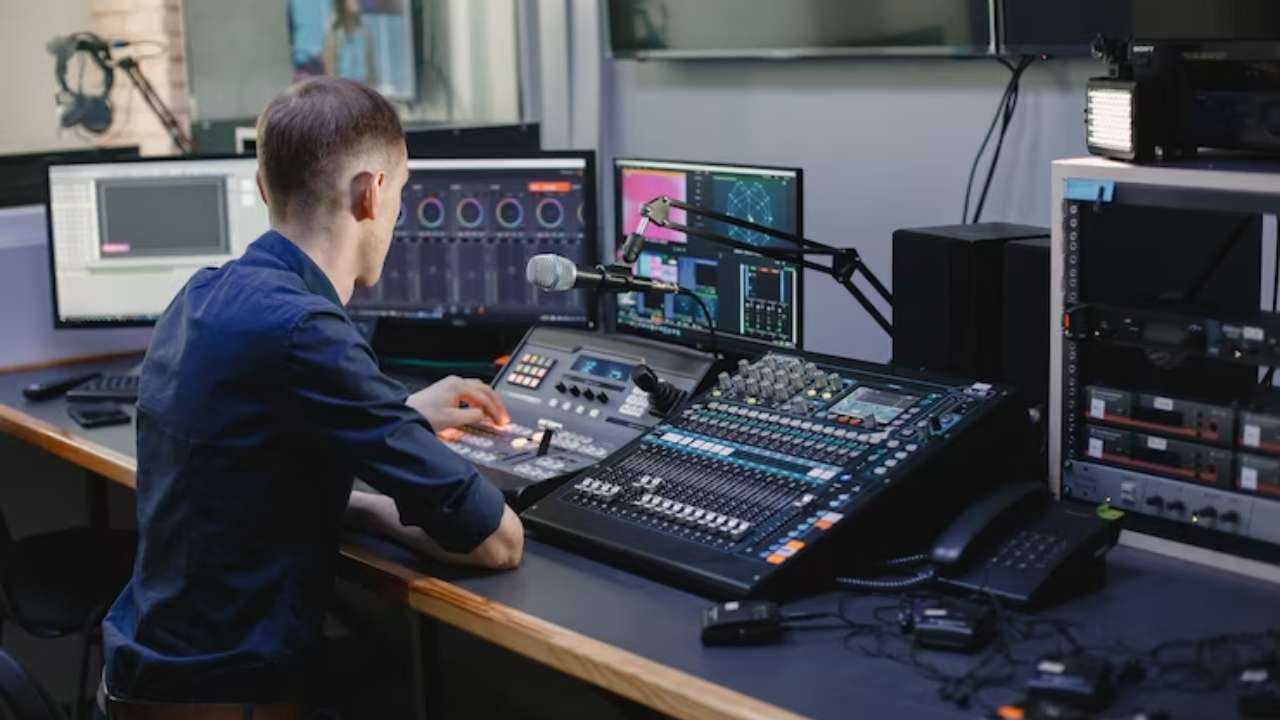Transforming Broadcasting with Cutting-edge Audio via IP Technologies toward a Connected Tomorrow
Transforming Broadcasting with Cutting-edge Audio via IP Technologies toward a Connected Tomorrow
Blog Article
This world of broadcasting is undergoing a major transformation thanks to cutting-edge audio via IP (AoIP) technologies. Such developments are revolutionizing the way audio content is created, delivered, and consumed. Audio over IP is defined as the approach of transmitting audio streams over a computer network, using Internet Protocol (IP) instead of traditional analog techniques. This change not only improves the quality of audio transmission but also offers broadcasters with more flexibility and authority over their content.
A single major advantage of audio over IP technology is its capability to connect multiple devices and technologies seamlessly. Classic broadcasting often depended on complex wiring and tangible links, which could be cumbersome and limited. With AoIP, broadcasters can readily connect mics, mixers, and additional devices through a common infrastructure. This integration allows for remote broadcasting and live streaming from almost any location, making it easier to connect with audiences across the world. As a result, broadcasters can react quickly to current issues and audience requests, leading to more dynamic and engaging content.
Additionally, AoIP technology supports high-quality audio formats that enhance the auditory experience. Unlike traditional broadcasting techniques, which may compromise sound quality, audio over IP can maintain the integrity of the audio signal throughout the transmission procedure. This implies that listeners can enjoy crisper and more detailed sound, whether they are tuning in via radio, streaming online, or using mobile devices. The ability to deliver premium audio is especially important for music and discussion programs, where each detail matters to the audience.
Moreover, the implementation of audio over IP technologies can lead to cost savings for broadcasters. By using existing network infrastructure, organizations can eliminate the need for costly hardware and extensive cabling. This not only reduces upfront costs but also lowers maintenance expenses over time. Broadcasters can allocate resources more efficiently, investing in content creation and talent development. As a result, the entire broadcasting industry can benefit from enhanced creativity and inventiveness, as financial resources are reallocated toward enhancing programming and interacting with listeners.
In summary, the transition towards audio over IP systems is click resources changing the media landscape. By enabling seamless links, enhancing audio quality, and reducing costs, AoIP is paving the way for a better integrated future in broadcasting. As media organizations continue to adjust to these changes, they will be better equipped to meet the needs of their audiences, produce captivating content, and remain competitive in an ever-evolving industry. The future of broadcasting is promising, and audio over IP will take a key role in defining the manner in which we experience audio programming in the years to come.